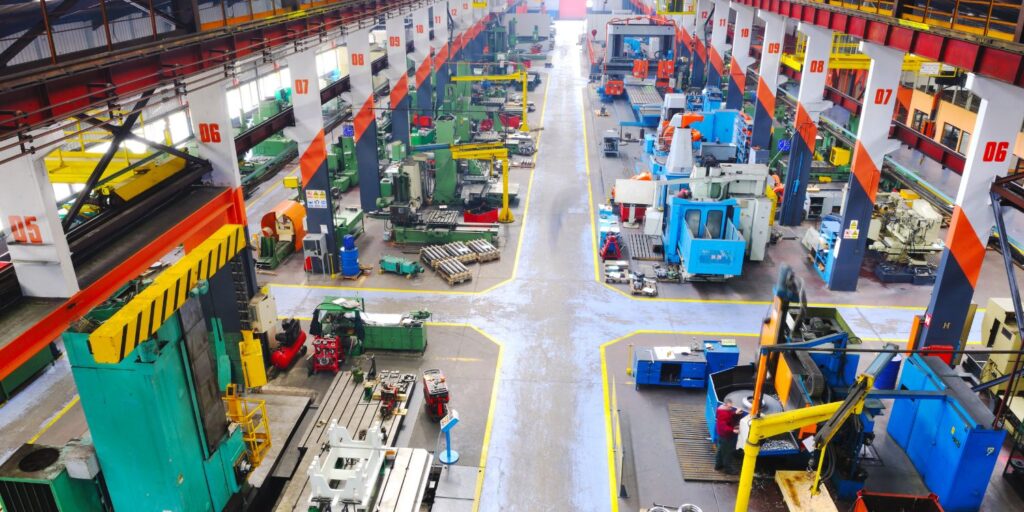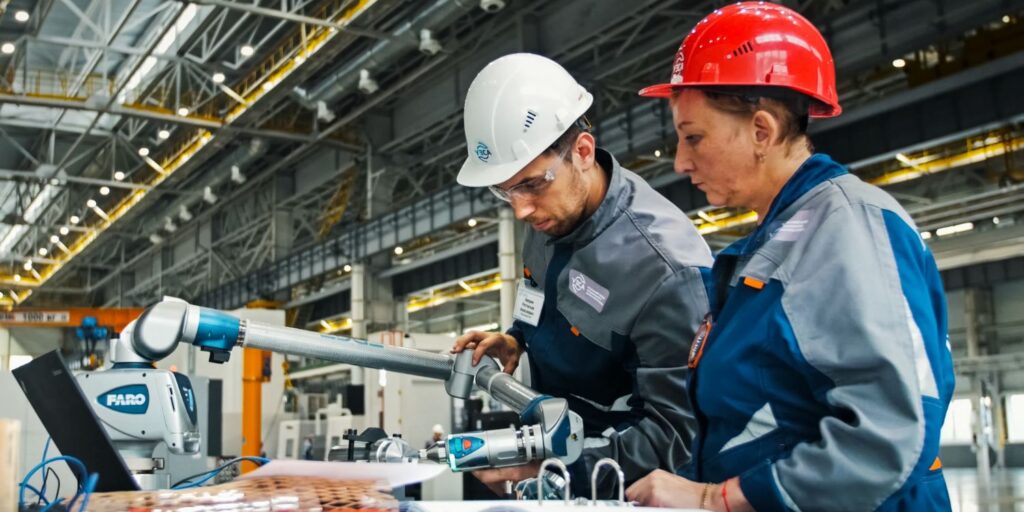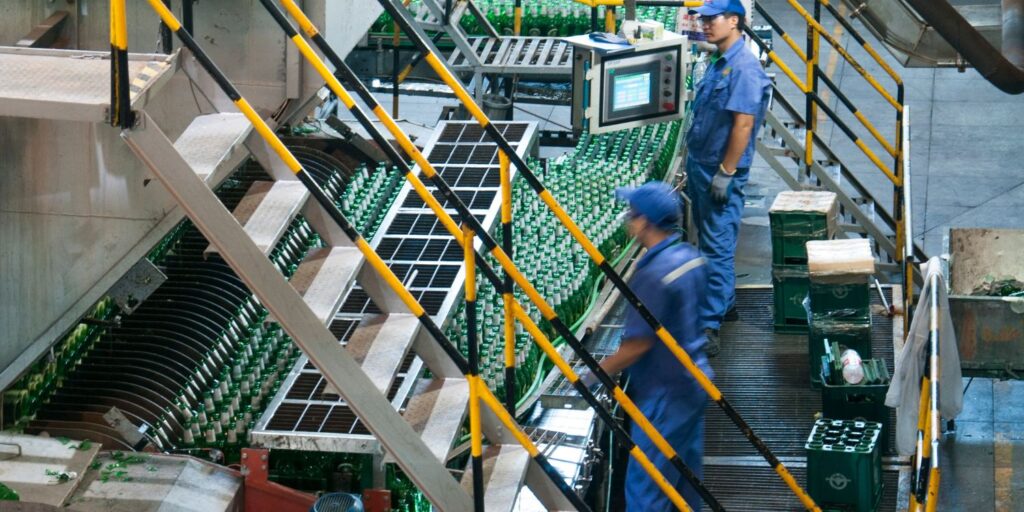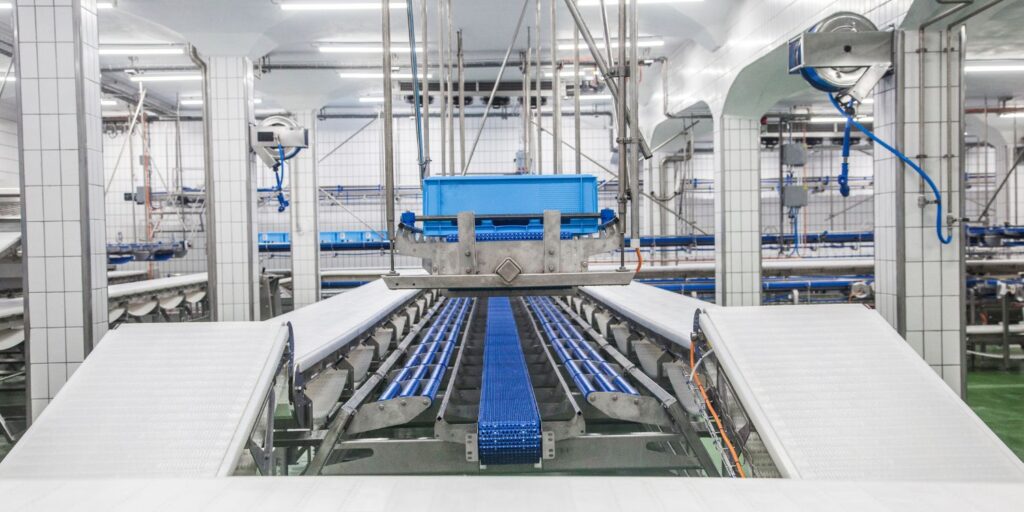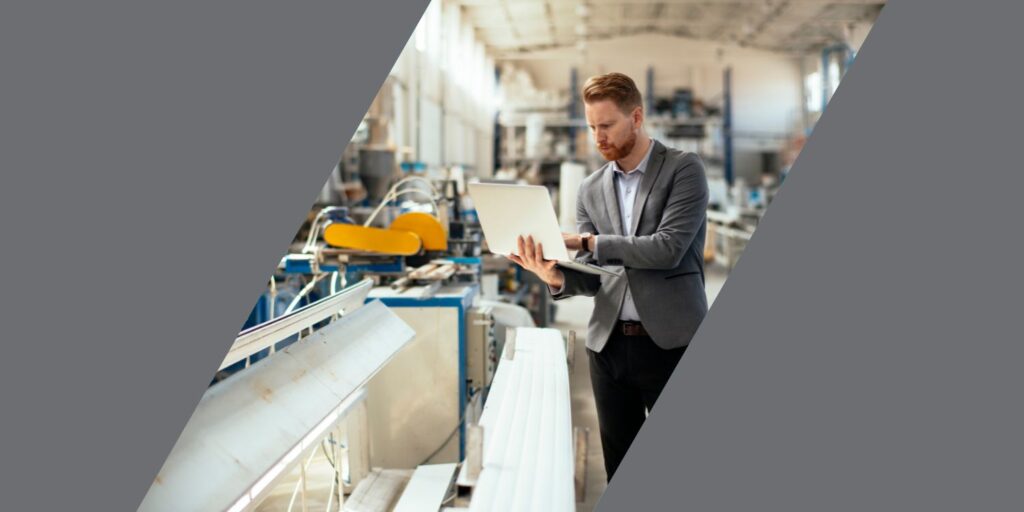Engineering & Design Services
Factory Layout for Operational Excellence
The Role of Factory Layout in Industrial Success Effective factory layout planning forms the foundation of streamlined workflows, increased productivity, and enhanced safety in industrial facilities. A thoughtfully designed layout optimizes every aspect of operations, from material handling to compliance with regulatory standards. Crow Engineering designs customized, optimized industrial plant layouts integrating cutting-edge automation technologies…
Read MoreDesigning a Factory: Optimizing Plant Layout and Production Lines
Designing a factory requires meticulous planning and industrial plant engineering to achieve efficient workflows, maximize space utilization, and seamlessly integrate production lines. Whether reconfiguring an existing layout, adding a new production line, or starting with a greenfield facility, thoughtful design is key to operational success and long-term efficiency. Importance of Plant Layout Optimization An optimized…
Read MoreThe Role of a Process Development Engineer in Modern Manufacturing
A process development engineer is critical in transforming manufacturing operations by designing, implementing, and optimizing processes to achieve greater efficiency, higher product quality, and innovative solutions. Their expertise bridges the gap between conceptual design and operational execution, ensuring that manufacturing systems are effective, sustainable, and adaptable. This role is vital across various industries such as…
Read MoreHow to Improve Manufacturing Efficiency
Manufacturers and OEMs of all sizes must optimize equipment performance and operational efficiency to remain competitive. Implementing effective strategies can significantly improve production processes, cost savings, and product quality, all leading to an improved bottom line. Strategies to Improve Manufacturing Efficiency Manufacturing efficiency refers to a company’s ability to produce high-quality products while minimizing waste,…
Read MoreEnhancing Manufacturing Equipment Performance and Operational Efficiency
Manufacturers and OEMs of all sizes must optimize manufacturing equipment performance and operational efficiency to remain competitive. Manufacturers face constant pressure to maximize output while minimizing costs, making effective machinery management and streamlined processes essential for success. This focus on operational excellence enhances productivity and ensures long-term competitiveness in the industry. Key Performance Indicators (KPIs)…
Read MoreHow a Manufacturing Process Engineer Drives Operational Success
A manufacturing process engineer is pivotal in industrial success, optimizing production lines, enhancing product quality, and integrating advanced technologies. They are at the forefront of transforming operations by designing efficient workflows, ensuring compliance, and implementing innovative solutions. As industries evolve rapidly to meet new demands and challenges, the expertise of a manufacturing process engineer has…
Read MoreKey Benefits of Partnering With Crow Engineering
Crow Engineering provides a comprehensive suite of engineering and design services, specializing in creating world-class facilities with a strong emphasis on safety and efficient process engineering design. With over 50 years of manufacturing expertise, we stand out among engineering firms. Our extensive range of services goes beyond traditional engineering, focusing on optimizing manufacturing systems to…
Read MorePlant Layout Engineering: Optimizing Industrial Spaces for Success
The Role of Plant Layout Engineering in Industrial Success Plant layout engineering is essential for facilities across various industries to achieve efficient and productive operations. Through effective plant layout engineering, businesses can achieve significant benefits, such as increased productivity, enhanced safety, and reduced operational costs. This process involves organizing workflows strategically, optimizing space utilization, and…
Read MoreHow a Process Improvement Engineer Improves Manufacturing Efficiency
A process improvement engineer plays a pivotal role in enhancing manufacturing efficiency by identifying areas for optimization, implementing effective strategies, and driving continuous improvements throughout the production process. Their goal is to streamline operations, reduce waste, and maximize productivity, all while maintaining quality and minimizing costs. Key Areas of Process Improvement Engineering Identifying Bottlenecks and…
Read More3 Steps To Reduce Operational Costs- Infographic
What is Process Optimization? Process optimization involves systematically enhancing production workflows and equipment usage to boost efficiency, reduce waste, and maximize output with minimal resources. This approach is essential for lowering operational costs, enabling businesses to utilize resources more effectively and minimize inefficiencies. Learn More About Reducing Operational Costs Through Process Optimization
Read More
